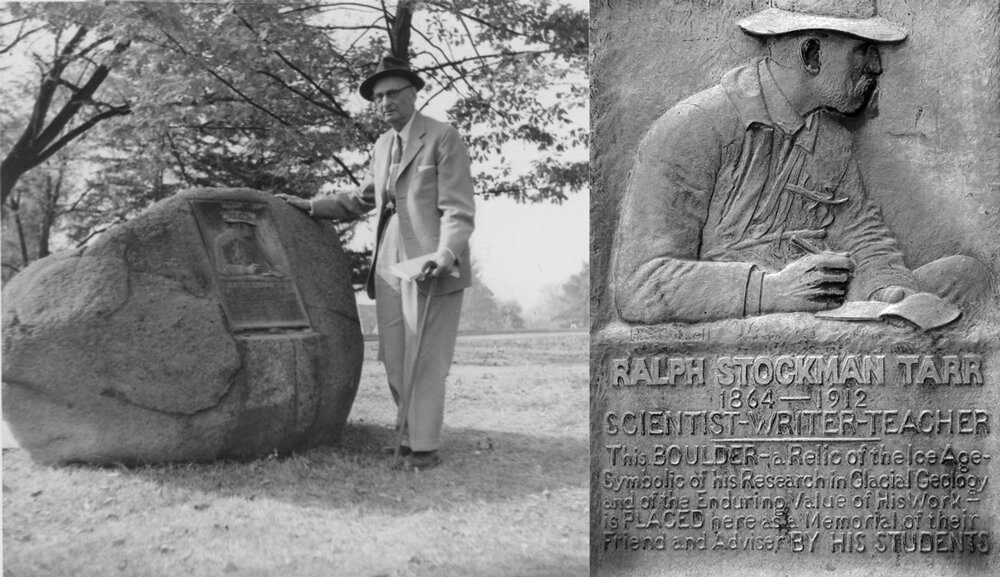Our Vision
Understanding Earth’s systems is essential to the prosperity and future of society. Our graduates will become leaders in applying earth sciences to enhance the quality of life, shape public policy, educate an environmentally conscious public, and advance our understanding of Earth systems.
Our History
Independent studies of the Earth and of the atmosphere go back to Cornell’s beginnings. Meteorology and astronomy were of interest to Cornell civil engineers through the 1880s and ’90s when Estévan Fuertes led that field, although no formal degree program existed for either subject. That changed with the 1904 founding of the New York State College of Agriculture. Meteorology – with a distinctive agricultural focus at first, but broadening its mission in the 1980s to include climatology – has been taught there ever since.
Cornell engineering students could study geology from the day the university opened its doors in 1868, although the Department of Geology was based in the arts college until 1971. That year, administration of the renamed Department of Geological Sciences moved to the College of Engineering. Even though Cornell geologists left their longtime home in McGraw Hall (for temporary quarters in Kimball Hall, until a dedicated facility in Snee Hall was ready), geology continued to be a degree-granting field in both the College of Arts and Sciences and the College of Engineering.
Today, the Department of Earth and Atmospheric Sciences has connections to all three colleges – Engineering, Arts and Sciences, and Agriculture and Life Sciences.
